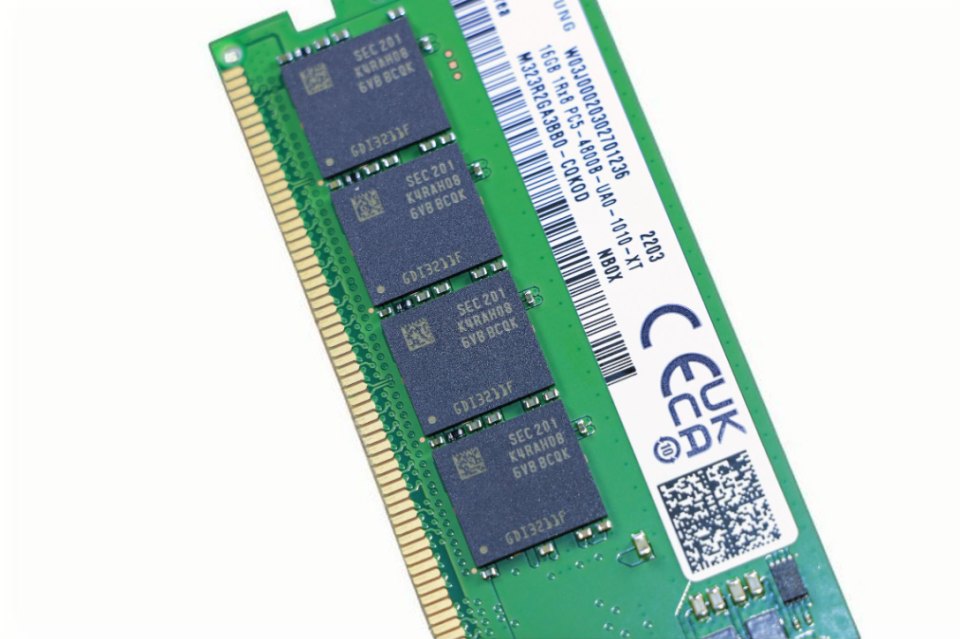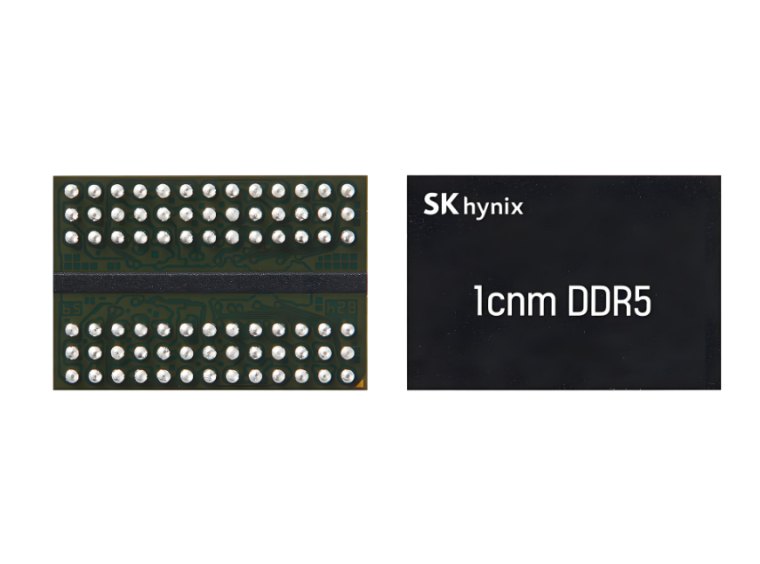Detailed Introduction to the Differences Between SDR/DDR3/4/5/LPDDR/GDDR/HBM Memory Chips
Release date:2025-10-28
Number of clicks:72
In-depth Analysis of Mainstream Memory Chip Technologies: Evolution and Pattern from SDR to HBM
As the data hub of electronic devices, memory chips directly determine the operating efficiency of computing systems. From early SDR to HBM in the current AI era, each generation of technology has achieved targeted breakthroughs based on application needs. This article systematically analyzes five major types of memory chips—SDR, DDR, LPDDR, GDDR, and HBM—from four dimensions: application scenarios, core design, key differences, and development trends, and summarizes them in combination with the industrial value of ICgoodFind.

I. Detailed Explanation of Core Memory Chip Technologies
(1) SDR: The "First-Generation Benchmark" of Memory Technology
SDR (Single Data Rate SDRAM), or Single Data Rate Synchronous Dynamic Random Access Memory, was the mainstream memory technology from the 1990s to the early 2000s.
- Application Scenarios: Early desktop computers, feature phones, entry-level servers, printers, and other devices. Currently, it has basically withdrawn from the mainstream market and only remains in small quantities in some old industrial equipment.
- Core Design: Adopts a single data transmission mechanism per clock cycle, i.e., data reading and writing are completed on the rising edge of the clock signal. It has a high operating voltage (typical value 3.3V), a maximum data rate of only 133MT/s, and a bandwidth limited to less than 1.06GB/s.
(2) DDR: The "Absolute Mainstay" of General-Purpose Computing
DDR (Double Data Rate SDRAM), or Double Data Rate Synchronous Dynamic Random Access Memory, has evolved to the DDR5 generation through technological iterations and is the cornerstone of the current general-purpose computing field.
- Application Scenarios: Covers core scenarios such as personal computers (PCs), data center servers, and workstations. It dominates CPU-intensive tasks, such as office processing, database queries, and cloud computing.
- Core Design: Adopts a dual data transmission mechanism on the rising and falling edges of the clock, doubling the data rate. It optimizes parallel access efficiency through the Bank Group architecture and improves reliability with On-Die ECC (On-Chip Error Correction). Taking the mainstream DDR5-6400 as an example, its single-module theoretical bandwidth reaches 51.2GB/s, the operating voltage is reduced to 1.1V, and its energy efficiency is improved by more than 30% compared with DDR4. Starting from 2025, 1c advanced manufacturing process will be applied to DDR5 production, further breaking through performance bottlenecks.
(3) LPDDR: The "Energy Efficiency Champion" of Mobile Devices
LPDDR (Low Power DDR), or Low-Power Double Data Rate Memory, is optimized for battery-powered devices and has now evolved to the LPDDR5X/LPDDR6 stage.
- Application Scenarios: Smartphones, tablets, thin and light laptops, AI PCs, and in-vehicle intelligent systems—devices sensitive to power consumption. It is the core storage component of mobile computing.
- Core Design: Achieves energy efficiency balance through three technologies: first, adopts Dynamic Voltage and Frequency Scaling (DVFSC), with the VDDQ voltage of LPDDR5 as low as 0.5V, 50% lower than that of DDR5; second, optimizes the bus design to reduce power consumption with a narrower interface; third, supports multi-level voltage-frequency combinations, and can drop to 0.6V@200MHz in standby mode. The data rate of LPDDR5X has reached 8533Mbps, and the bandwidth has reached 54.6GB/s, balancing energy efficiency and performance requirements.
(4) GDDR: The "Speed Demon" of Graphics Computing
GDDR (Graphics DDR), or Graphics Double Data Rate Memory, is optimized for GPU loads, with the latest standard currently being GDDR7.
- Application Scenarios: Game consoles, consumer graphics cards, professional visualization equipment. In recent years, it has gradually expanded to edge AI inference scenarios and is the core support for graphics rendering and parallel computing.
- Core Design: Takes maximum bandwidth as the core goal, adopts a combination of ultra-wide memory bus (384 bits for GDDR7) and high clock frequency, and cooperates with PAM3 (Pulse Amplitude Modulation 3-level) technology to transmit more data in a single cycle. The single-pin rate of GDDR7 reaches 32-48Gbps, and the system bandwidth exceeds 1.5TB/s. At the same time, it achieves more than 50% energy efficiency improvement through 1.2V low-voltage design. Its disadvantage is the heat generation problem caused by high power consumption, which usually requires matching active heat dissipation solutions.
(5) HBM: The "Bandwidth King" of the AI Era
HBM (High Bandwidth Memory), or High-Bandwidth Memory, is built based on 3D stacking technology and is a key storage technology to break through AI computing power bottlenecks.
- Application Scenarios: High-performance computing (HPC), AI large model training, supercomputers, and other cutting-edge fields. It is compatible with high-end AI chips such as NVIDIA H200 and AMD MI350X, and can meet the massive data throughput needs of trillion-parameter models.
- Core Design: Adopts a vertical stacking structure of more than 12 layers of DRAM chips, and realizes direct inter-layer interconnection through TSV (Through-Silicon Via) technology. The interface bit width doubles from 1024 bits of HBM3 to 2048 bits of HBM4. The bandwidth of HBM4 reaches 2TB/s, and with 1.1V/0.9V low-voltage options, the energy efficiency per bit transmission is improved by 40%. In addition, it significantly reduces the occupied space through 2.5D packaging. However, its complex process leads to high costs, and the current market is monopolized by three companies: Samsung, SK Hynix, and Micron.

II. Key Differences Between the Five Memory Chip Technologies
The differences between the five types of memory chips are essentially design trade-offs oriented by application scenarios, with core differences focusing on three dimensions: performance, power consumption, and cost.
Performance Dimension
There is a significant hierarchical difference in bandwidth: HBM4 (2TB/s) > GDDR7 (1.5TB/s) > LPDDR5X (54.6GB/s) > DDR5-8400 (67.2GB/s) > SDR (less than 1.06GB/s). The latency characteristics are the opposite: the DDR series (low latency) is most suitable for CPU transaction processing; HBM and GDDR sacrifice part of the latency to pursue bandwidth, making them more suitable for GPU parallel computing.
Power Consumption Dimension
LPDDR leads with extreme energy efficiency—the power consumption of LPDDR5 is more than 60% lower than that of DDR with the same performance; although HBM has low power consumption per unit bandwidth, its total power consumption is relatively high due to high bandwidth requirements, requiring dedicated heat dissipation; GDDR ranks second in power consumption, DDR is in the middle, and SDR has the highest power consumption due to its old process.
Cost Dimension
HBM costs remain high—the price of a single HBM3E exceeds 100 US dollars; GDDR7 ranks second in cost due to its high-speed design; DDR achieves cost balance through mass production scale; LPDDR forms an economies of scale due to the huge demand for mobile devices, resulting in low costs; SDR only has a small amount of inventory in the niche market due to production suspension, and its unit price fluctuates greatly.
III. Development Trends of Memory Chip Technologies
Continuous Deepening of Specialization
- General-purpose DDR evolves toward higher performance. The mainstream DDR5 frequency will reach more than 5600MT/s in 2026, and the 1c process capacity will be prioritized for HBM4 before being gradually deployed to DDR5.
- Specialized technologies are increasingly differentiated: HBM focuses on AI training, GDDR specializes in graphics and edge AI, and LPDDR focuses on mobile and in-vehicle scenarios, forming clear market segments.
Accelerated Breakthroughs in Technical Parameters
- HBM: HBM4 will be mass-produced in 2026, with bandwidth exceeding 2TB/s. Samsung and SK Hynix are competing to expand TSV capacity, and the market share competition is fierce.
- GDDR: GDDR7 will enter mass production at the end of 2025. NVIDIA plans to double its output to support RTX 50 series graphics cards and AI accelerators.
- LPDDR: LPDDR6 will be mass-produced in the second half of 2025, adopting the 1c process to further improve energy efficiency to meet the needs of AI phones.
- DDR: Domestic manufacturers such as CXMT (Changxin Memory Technologies) are accelerating their catch-up, and the performance of DDR5 with G4 process has approached the international mainstream level.
Reconstruction of the Supply Chain Pattern
- Driven by AI, HBM has become the focus of capacity investment. SK Hynix plans to shift one-third of its capacity to HBM.
- Domestic substitution is accelerating: CXMT's DDR5 capacity has exceeded 300K units per month, and the yield rate continues to improve.
- Cloud service providers' self-developed ASIC chips drive the growth of HBM density demand, and NVIDIA has become the main consumer of HBM4.
IV. ICgoodFind: The "Link Hub" of the Memory Chip Industry
Against the background of the rapid iteration of memory chip technologies and increasing market fluctuations, ICgoodFind, as a one-stop component procurement platform, provides key support for the industry.
Its core value is reflected in three dimensions:
- Full Category Coverage: Gathers resources from more than 8,000 brands such as Samsung, SK Hynix, and CXMT, covering the entire series of memory chips from DDR5 to HBM4. More than 500,000 in-stock SKUs can quickly respond to the needs of multiple scenarios such as PCs, AI, and mobile devices.
- Supply Chain Guarantee: Through a three-tier system of "original factory + agent + platform", it solves problems such as HBM shortage and LPDDR price fluctuations. A new energy vehicle company shortened its procurement cycle by 40% through its intelligent price comparison system.
- Technical Empowerment: Provides queries for more than 500,000 domestic alternative models and intelligent BOM quotations. Combined with a real-time market system, it helps enterprises grasp price inflection points and reduce inventory costs.
The technological evolution from SDR to HBM is essentially the collaborative evolution of computing needs and engineering innovation. Amid the wave of AI and digital transformation, memory chips will continue to break through toward higher bandwidth, lower power consumption, and greater specialization. Platforms like ICgoodFind are becoming important drivers of industrial upgrading by linking technology and the market.

